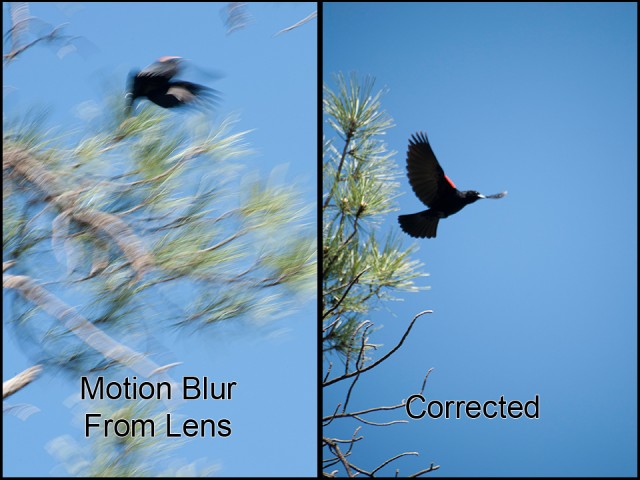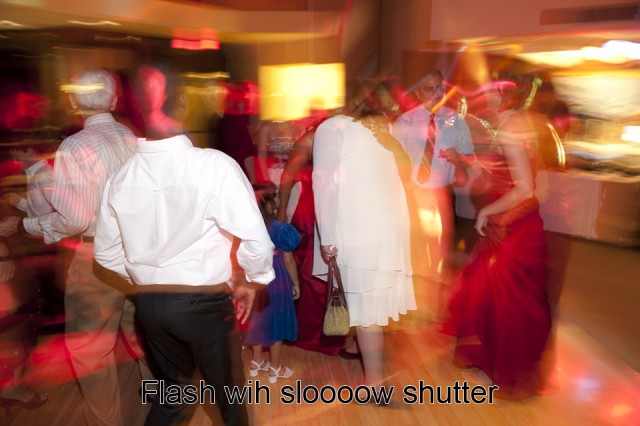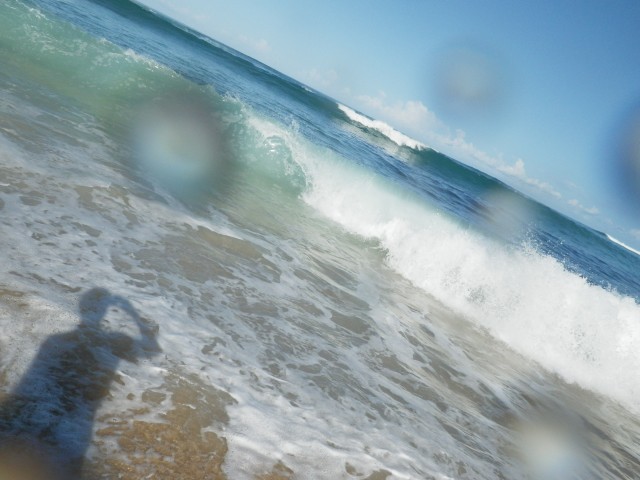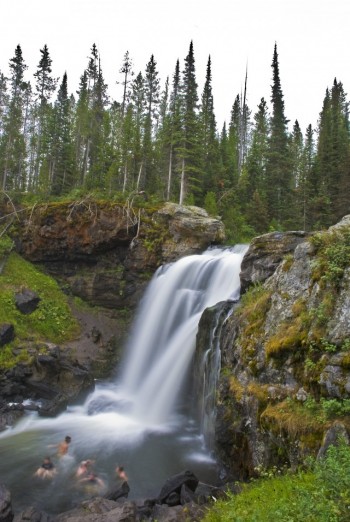
In Part 1 of this series you learned about focal and optical blur. Now it’s time to get familiar with two new types of blur: motion and obstruction. It’s been a little while since Part 1, so here’s a quick recap to familiarize yourself with the three basic qualities that describe blur. This article will refer to them as Type 1, Type 2, and Type 3. The first quality, Type 1, is best characterized by the smoothing out of details which produce a hazy look that the photo industry calls a “soft†quality. Type 2 can be described as streaking, stretching, wispy, and/or ghostlike. The final quality, Type 3, is often referred to as being “fuzzy†because details that should appear smooth will scatter or become jagged.
Motion Blur:
Type 2 is exemplified by the wispy and smeared appearance it yields; it is created when something is moving relative to the sensor (or film) faster than the camera shutter’s speed can “freeze†it. Without a good understanding of shutter speed, it is easy to jump to the conclusion that the camera is broken when motion blur appears; a flash can be used or the ISO can be increased to combat it. In fact, flash is a great way to test it. One of three things will happen when a strobe is added: 1) it will go away and look like an image with flash, 2) the image will look like an image with flash and have the wispy ghostlike quality overlaying it, or 3) nothing. If nothing happens, you may want to have someone with more experience take a look at the camera and the images taken. Because it relates to one of the main controls of exposure, shutter speed, it is highly exploited for visually striking effects (see examples). One of the most common problems that is related to motion blur happens with telephoto lenses; the closer the lens zooms in, the more likely it is to get motion blur created by even the most minute movement that you unnoticeably inflict upon it. The best way to remove/reduce it is by increasing the shutter speed; a rule of thumb is using a shutter speed at or above the millimeter your lens is set to (example: 300mm = 1/320 of a second or higher), but you will have to adjust your aperture or ISO to compensate. Image stabilizers compensate for those gestures and tripods/monopods reduce the gestures so that you can lower your shutter speed, but both systems have their limitations.
Examples (click to largerize):
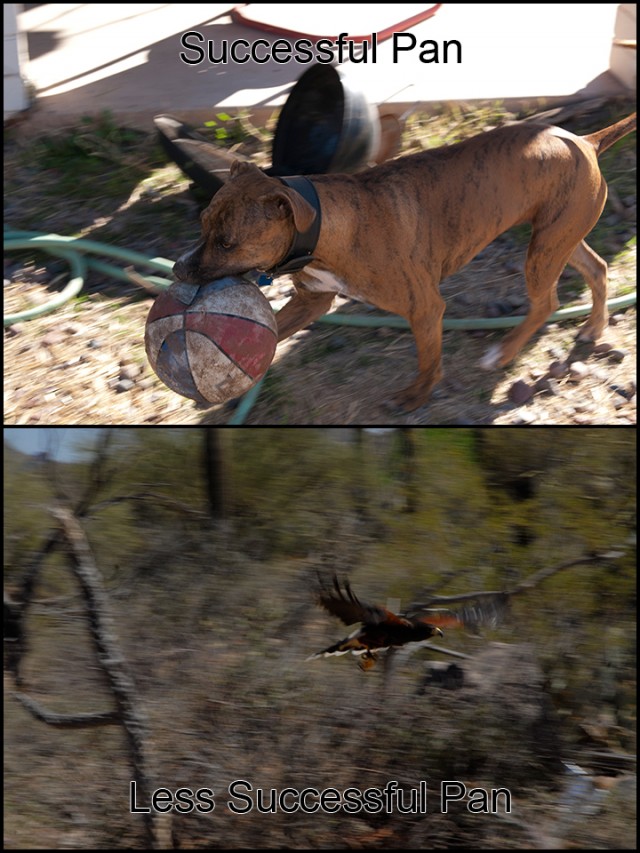
Obstruction Blur:
Ever take a picture through a fence? 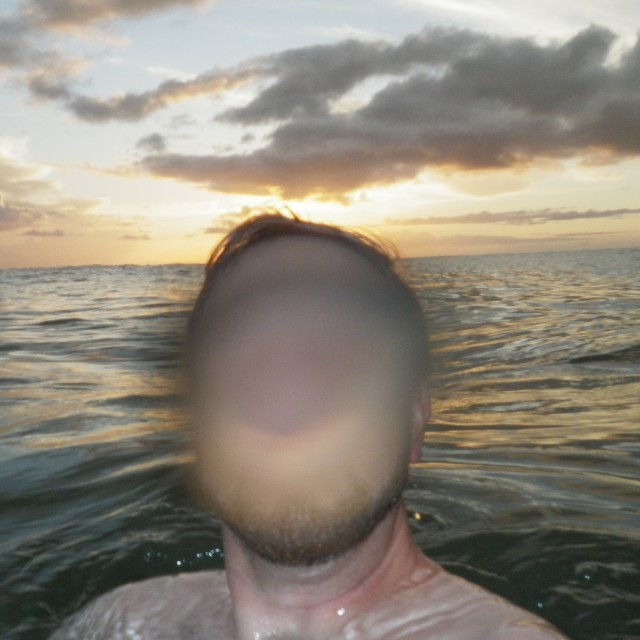 Objects can become so obscured to the point where they don’t even show up. Obstructions can also cause blur and it’s usually one of the first places even novices think to look. A coating of dust, a smudge from a hand, a dense fence, and a dirty window are some common obstructions people shoot through that may cause blur, low contrast, low detail, or combinations of them all. Before “digital filters†were used, people created striking obstruction blur effects by using varying types of materials: clear plastic wrap, petroleum jelly, scratched filter, just to name a few. Depending on what kind of material is obstructing the lens, you can get Type 1, Type 2, or a combination of the two qualities of blur in your images. The obvious fix is to remove the obstruction (that is, if you don’t like what it is making your images look like).
Objects can become so obscured to the point where they don’t even show up. Obstructions can also cause blur and it’s usually one of the first places even novices think to look. A coating of dust, a smudge from a hand, a dense fence, and a dirty window are some common obstructions people shoot through that may cause blur, low contrast, low detail, or combinations of them all. Before “digital filters†were used, people created striking obstruction blur effects by using varying types of materials: clear plastic wrap, petroleum jelly, scratched filter, just to name a few. Depending on what kind of material is obstructing the lens, you can get Type 1, Type 2, or a combination of the two qualities of blur in your images. The obvious fix is to remove the obstruction (that is, if you don’t like what it is making your images look like).
Do you have any examples of the four blur types we’ve discussed so far? We would love to see them! Submit your images to our Facebook page.
Stay tuned for Part 3…
